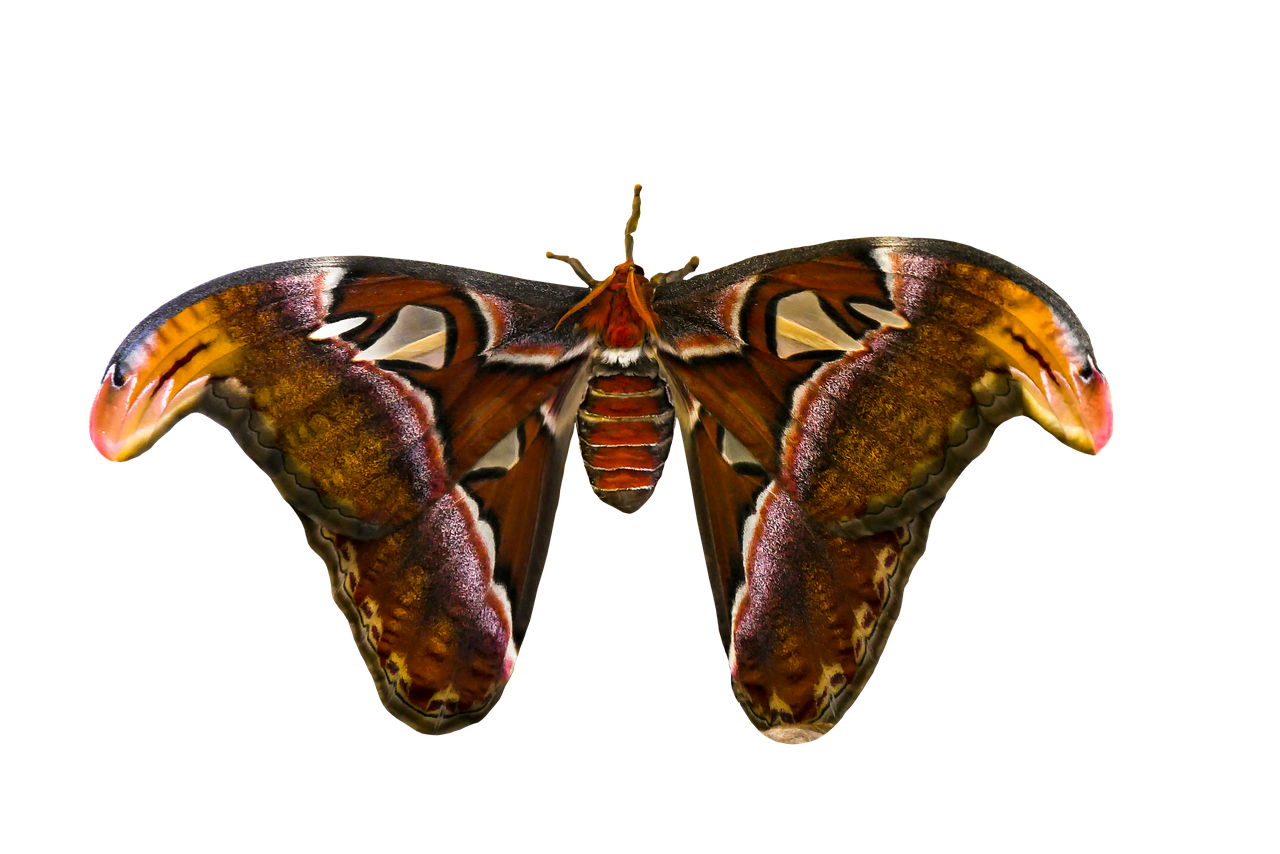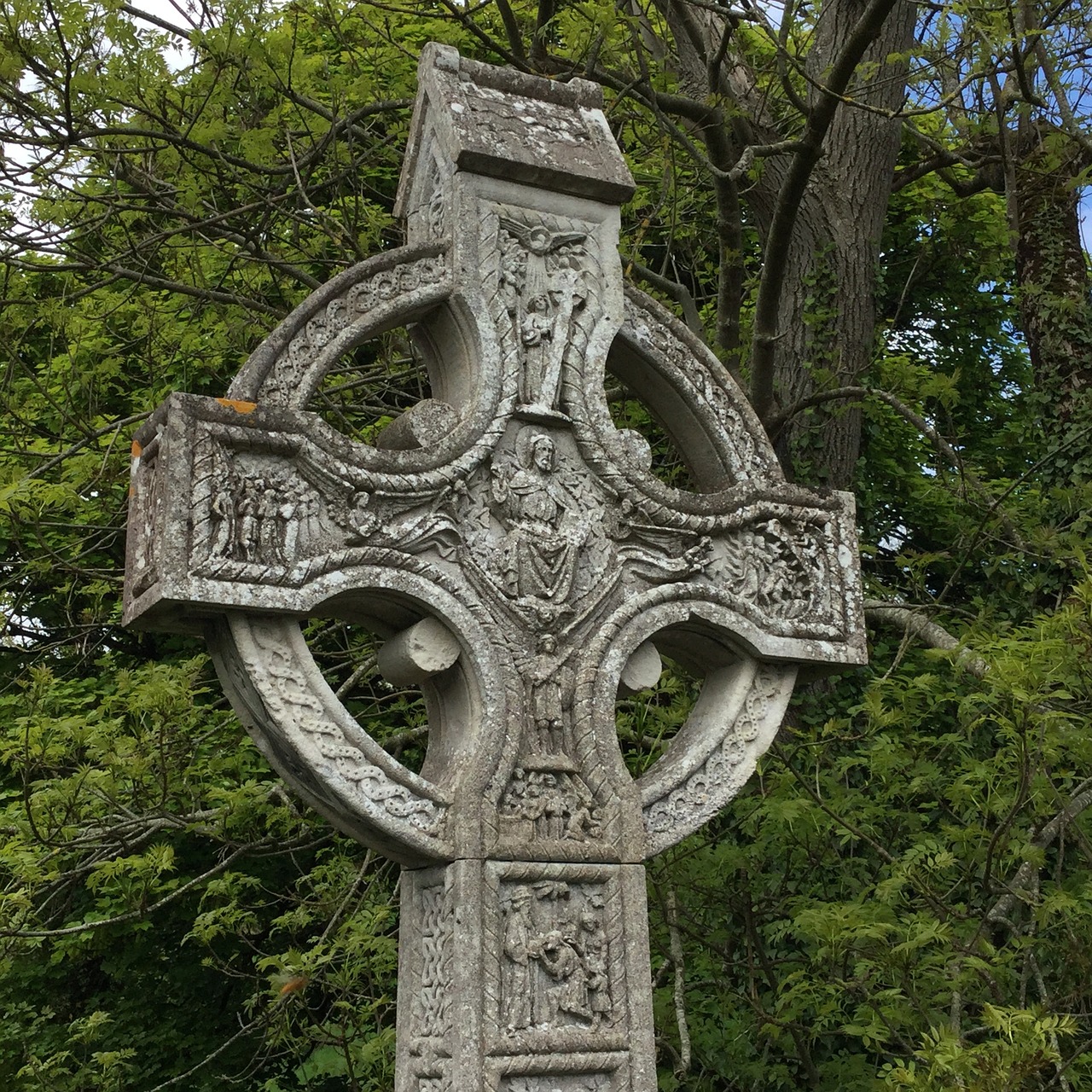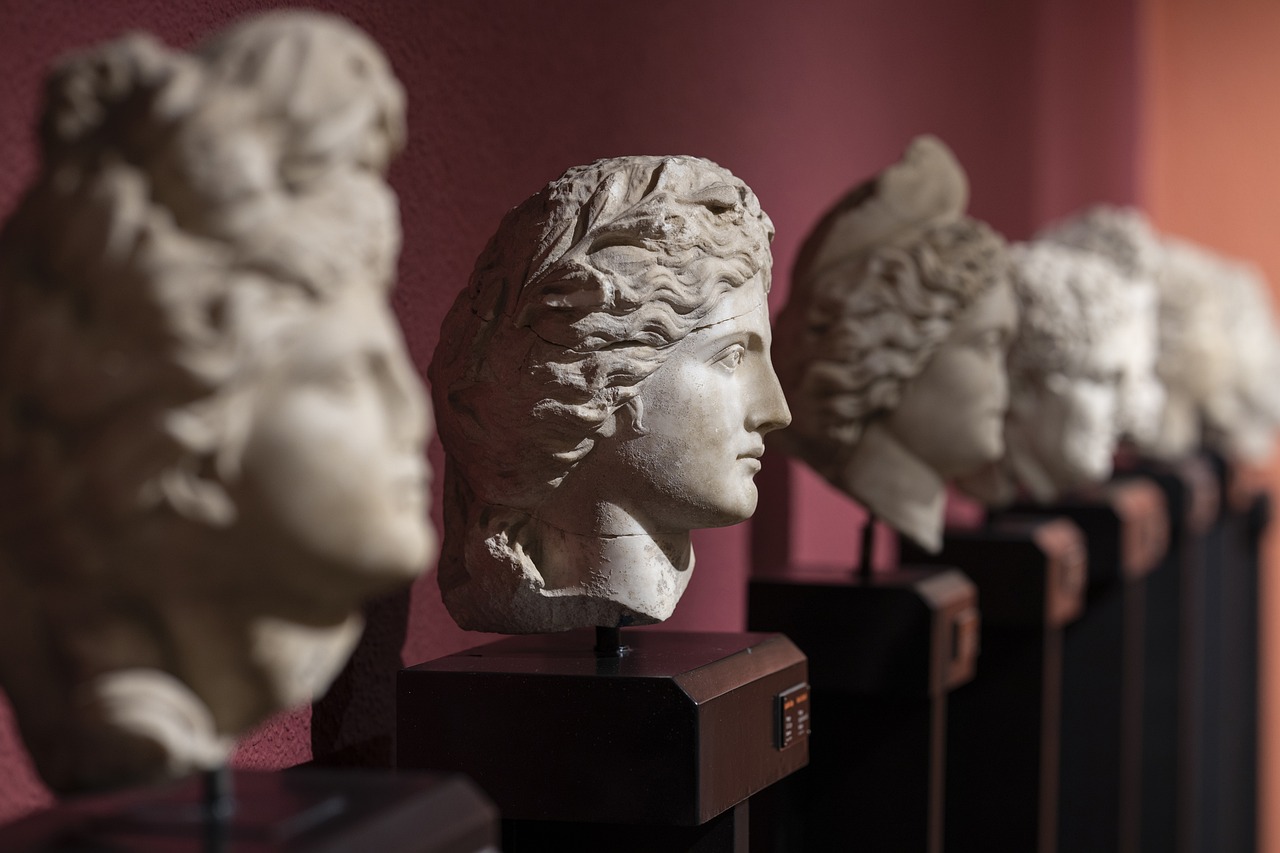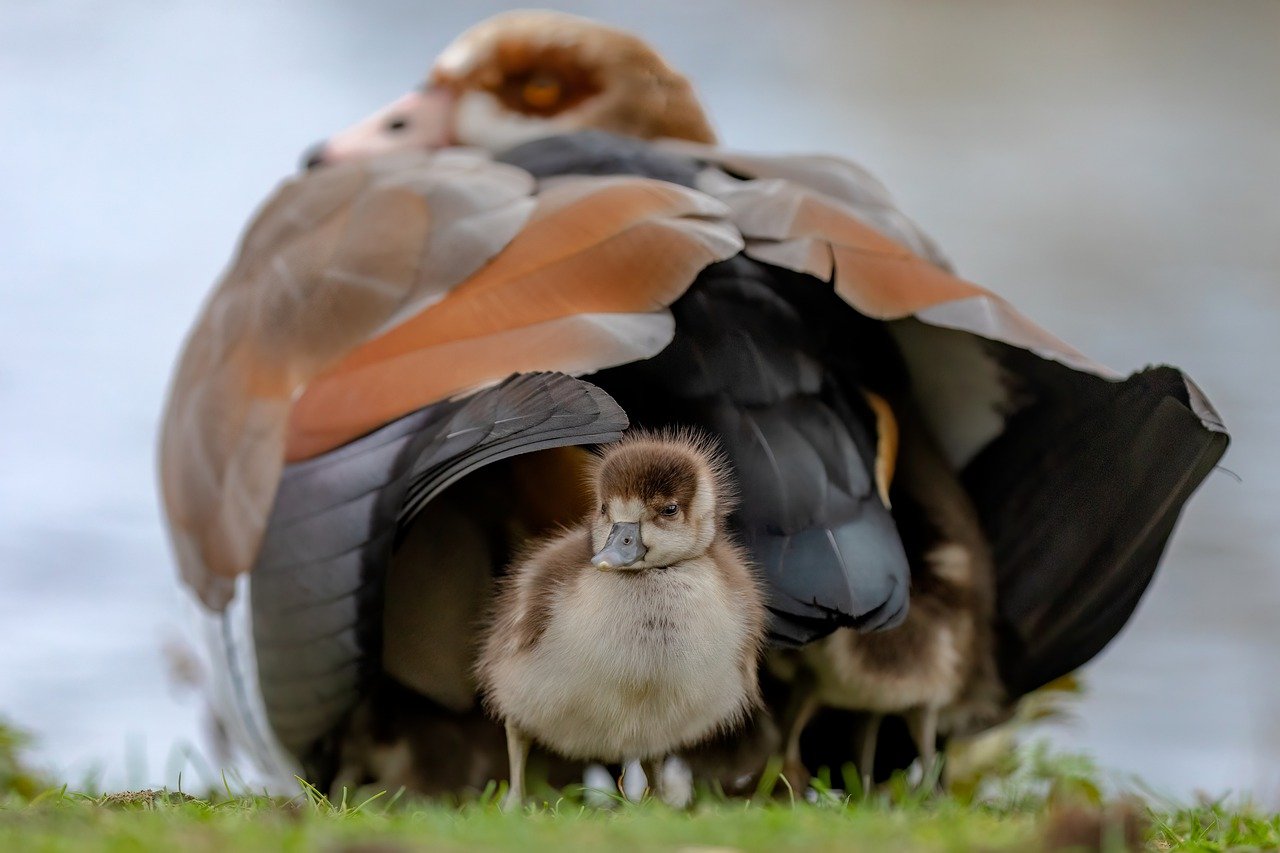Author: Sun WuKong
-
In the realm of Greek mythology, the Titan Atlas is renowned for his role in supporting the sky, a heavy responsibility imposed upon him by Zeus as a consequence of his rebellion alongside the Titans against the Olympian gods. Atlas, often regarded as a symbol of endurance and wisdom, is also celebrated as an early…
-
Ancient Celtic symbols hold significant value in both Irish and Scottish cultures, embodying various aspects of life and spiritual beliefs. These symbols feature prominently in diverse forms of art, jewelry, and other artifacts cherished by those of Celtic ancestry. Some of the most recognized symbols include the Claddagh ring, the Celtic knot, the Triquetra, the…
-
Greek mythology consists of a vast collection of tales that explore the gods, heroes, and rituals of ancient Greece and its classical heritage. Although philosophers such as Plato acknowledged the fictional elements within these myths as early as the 5th–4th century BCE, the myths themselves were generally perceived as true by the majority of the…
-
From the inception of Egypt’s First Dynasty, around 3200 BCE, the esteemed goddess Mafdet, depicted as a cheetah, garnered reverence. Renowned as “the runner,” she symbolized rapid death and served as the “Avenger of the King.” It was believed that Mafdet would extract the hearts of wrongdoers, presenting them as trophies at the feet of…
-
Anhur: The Egyptian God of War Overview of Anhur Anhur, also known as Onuris, was revered as the ancient Egyptian god of war, embodying the power and protection of the military and royal warriors. He is often depicted in human form wearing a distinctive crown adorned with four tall ostrich feathers, which symbolize creation and…
-
Epona – The Celtic Equine Deity A sacred offering has been prepared for you, revered Mother. This animal, chosen as a sacrifice, is dedicated to you, Epona, horse goddess. This offering, intended for your satisfaction, also honors Potia. We present it in reverence to you, ensuring your contentment. Through this sacred sacrificial act, swift Epona,…
-
Gaea: The Earth Goddess of Greek Mythology Gaea, also known as Gaia, was revered in ancient Greek mythology as the goddess personifying the Earth. She was among the primordial deities who emerged right at the beginning of creation. Gaea is often portrayed as the great mother of all beings; her offspring include the celestial gods…
-
When one thinks of the Nile, Egypt undoubtedly springs to mind, primarily due to the river’s colossal significance throughout history. The esteemed ancient Greek historian Herodotus famously remarked that Egypt is a gift of the Nile, a statement highlighting the river’s vital role in the Egyptian civilization. To the ancient Egyptians, the Nile was perceived…
-
Ancient Egyptian religion encompasses the indigenous spiritual beliefs of ancient Egypt, evolving from predynastic periods in the 4th millennium BCE until the gradual decline of traditional culture in the first centuries CE. Detailed historical insights can be found in broader discussions about Egypt’s history. Nature and Importance Egyptian religious beliefs were deeply woven into the…
-
The Role of Taweret in Ancient Egyptian Family Life Glencairn Museum showcases an extensive collection of ancient Egyptian artifacts, including a notable assortment of faience amulets featuring the goddess Taweret, revered for her protective qualities. This hippopotamus-shaped goddess was particularly significant for pregnant and nursing women in ancient Egyptian society, serving as a guardian against…






